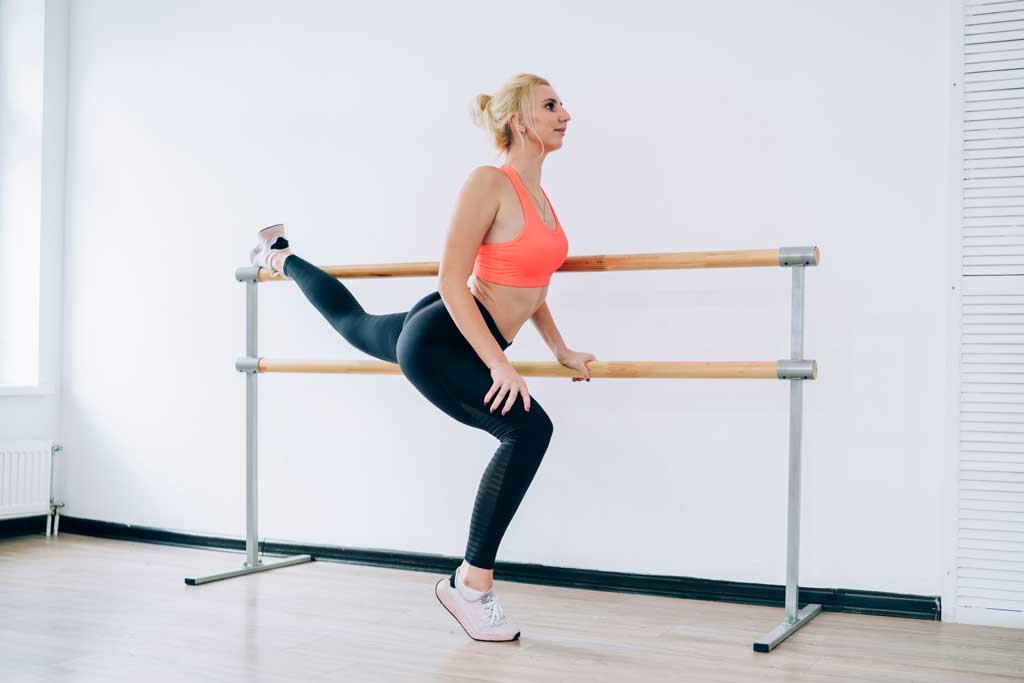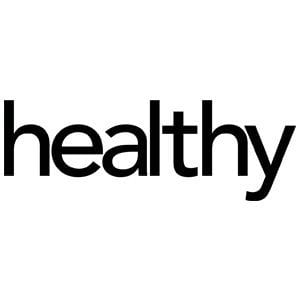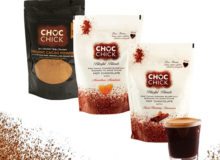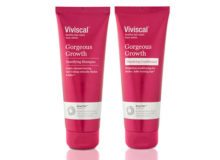Get started with barre
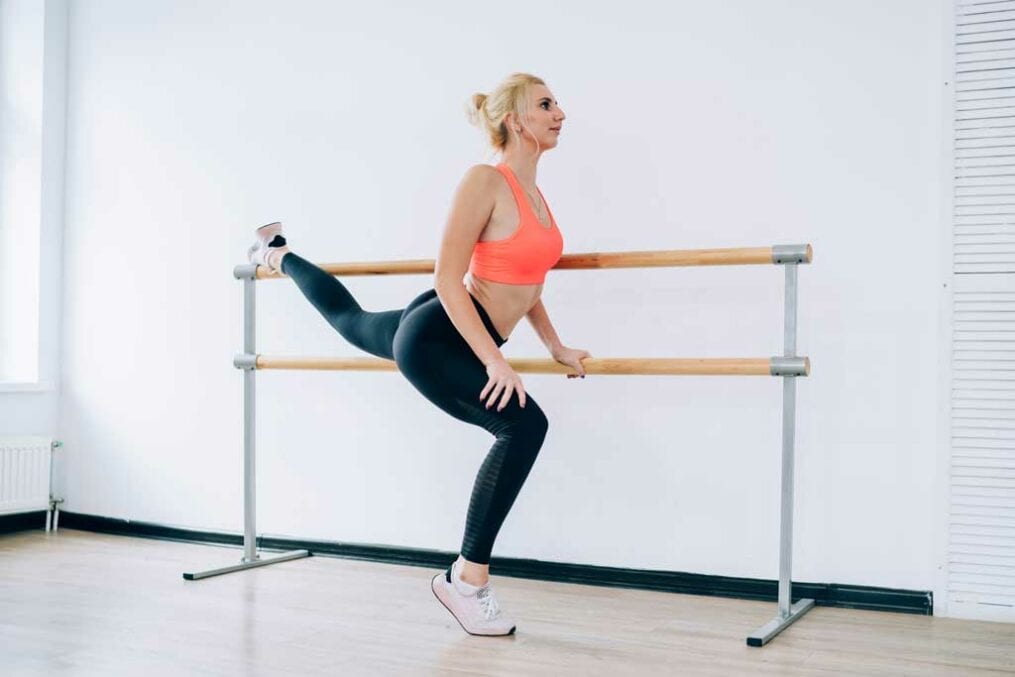
Barre has exploded in popularity over the past decade and it’s helping women build strength and get in fantastic shape – it also has a surprisingly erotic past. Originating in the 60s with the Lotte Berk Technique, much of its marketing was bolstered by a promise to improve sexual prowess.
‘Barre attracted all the movers and shakers of the day, including Britt Ekland, Barbra Streisand and Joan Collins,’ says Vicki Anstey, the UK’s leading barre expert and founder of Barreworks in London. ‘The barre movement has gained huge traction and become enhanced and modernised since the days of Lotte Berk.’
What is barre?
Having its roots in ballet, barre encourages repetition of dynamic, low-impact isometric movements. Some moves are easy, some are tricky to master, but there’s a routine for every level of ability. ‘Since the Covid-19 lockdown, we have noticed a particular rise in popularity,’ says Anstey. ‘Likely because it is such a versatile method and can be done anywhere with very limited (or no) space or equipment.’
The benefits
Like yoga, barre tones every area of the body, and as with other forms of resistance training, increases bone density – of particular importance for women. ‘The movements are controlled and precise, and a lot of focus is placed on the key stabilisers in the body that support the core, shoulders and hips,’ says Anstey.
‘Considering the origins in ballet, it’s no surprise that posture is a main component, and it really puts functional movement patterns to the test, exposing weaknesses and imbalances. We regularly train professional rugby players, cyclists, runners and rowers, and without exception, they discover something that can be improved and muscles they didn’t even know they had.’
Along with being a great mindfulness practice, there are plenty of cognitive benefits. ‘Music is a central part of the workout, and barre is a great way to improve your sequencing and timing,’ says Anstey.
‘You need to change the training stimulus as much as possible, to place strain on key parts of the body to build strength, aid better alignment and improve posture,’ Anstey adds. And better posture can reduce lower back pain, decrease risk of injury and improve balance.
What kit is needed?
While barre refers to the long bar installed in studios and used to support the body, you don’t need any equipment to take it up – but you can make it easier (or harder) with a few items. ‘There are plenty of home adaptations that can be made to create your very own barre studio,’ says Anstey. ‘But if you have a chair (used as a barre), a set of light dumbbells, a resistance band and a soft Pilates ball, you’re all set! We’re seeing our clients do live online workouts using radiators, doorways, bags of sugar, old pairs of tights and garden railings.’
Usual exercise clothing is fine. You can practise barefoot, but may prefer non-slip grip socks, particularly on a hard floor.
Learn barre online
Keen to start, but classes not an option? Try these online resources:
• Buy a single pass for Barreworks online workouts for £7.99, or £49 for a week’s unlimited pass at barreworks.co.uk
• Barrecore is offering your first month free for its online classes at barrecore.com
• Pilates Any Time is offering a 15-day trial for Pilates barre classes (an energising mixture of both) at pilatesanytime.com
You can buy Vicki’s Barre Home Workout Pack for £55 plus P&P at barreworks.co.uk
